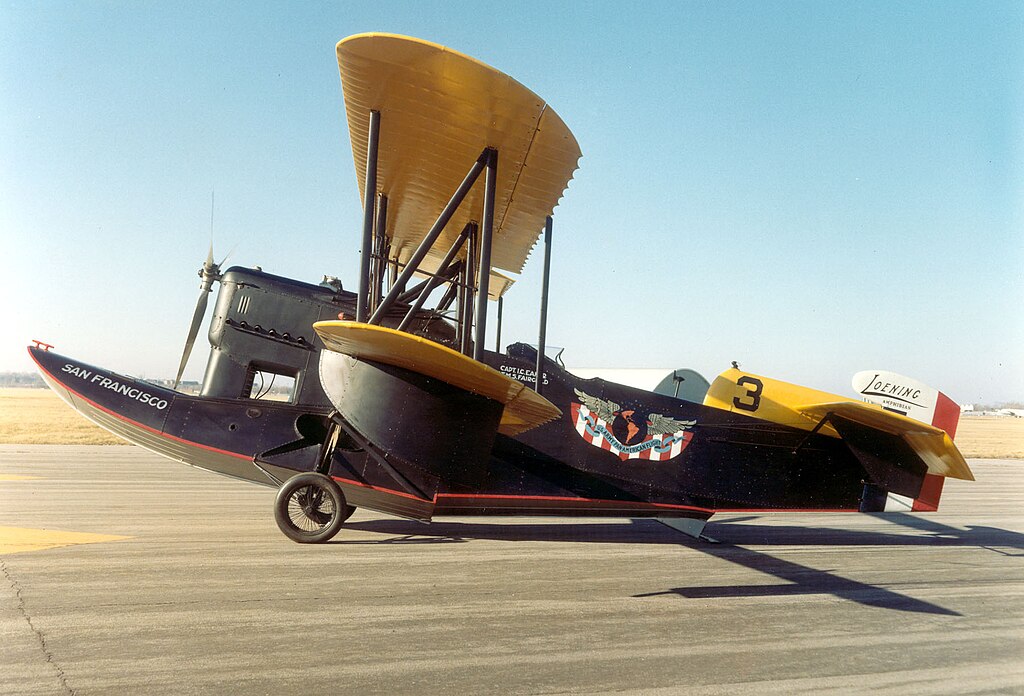First flown in 1923, the OL was a high-performance amphibian with a large single hull and stabilizing floats fitted underneath each lower wing. The landing gear was retractable by use of a hand crank in the cockpit, and the plane was equipped with a tailskid for operations on land. It had a tandem open cockpit for a crew of two. The aircraft could be flown from either cockpit, with a wheel control in the forward cockpit and a removable stick control in the rear. Navigation and engine instruments were located in the forward cockpit.

General characteristics
Crew: two
Length: 10.59 m
Wingspan: 13.72 m
Height: 3.89 m
Wing area: 46.82 m2
Empty weight: 1655 kg
Gross weight: 2451 kg
Powerplant: 1 × Pratt & Whitney R-1340-4 Wasp radial piston engine, 450 hp (336 kW)
Maximum speed: 196 km/h
Range: 1006 km
Service ceiling: 4360 m

The hull was built of Duralumin on a wooden frame, with five watertight compartments connected through a selector switch to a bilge pump in the rear cockpit. Plugs in the bottom of each compartment permitted drainage on the ground. The fuselage was constructed on top of the hull. The aircraft was strength-tested at Columbia University.

The United States Army Air Corps ordered four prototypes as the XCOA-1, powered by a 400-hp Liberty V-1650-1 engine mounted inverted for clearance of the three-bladed variable-pitch steel propeller. The engine came with a fire suppression sprinkler system and was encased in a streamlined cowling to protect it from sea spray. Oil from a tank in the fuselage was cooled by passing through a spiral copper tube exposed to the slipstream on top of the cowling.
The fuel tanks were mounted inside the hull, with a 530-liter gasoline tank under the wings, and a reserve 230-liter gasoline-benzol tank between the cockpits. Total fuel capacity provided for roughly ten hours of flight.
A number of variants were introduced for both the Army and the Navy. During later production, the company merged with the Keystone Aircraft Corporation.
Ei kommentteja:
Lähetä kommentti
Kaikenlaiset kommentit ovat tervetulleita.